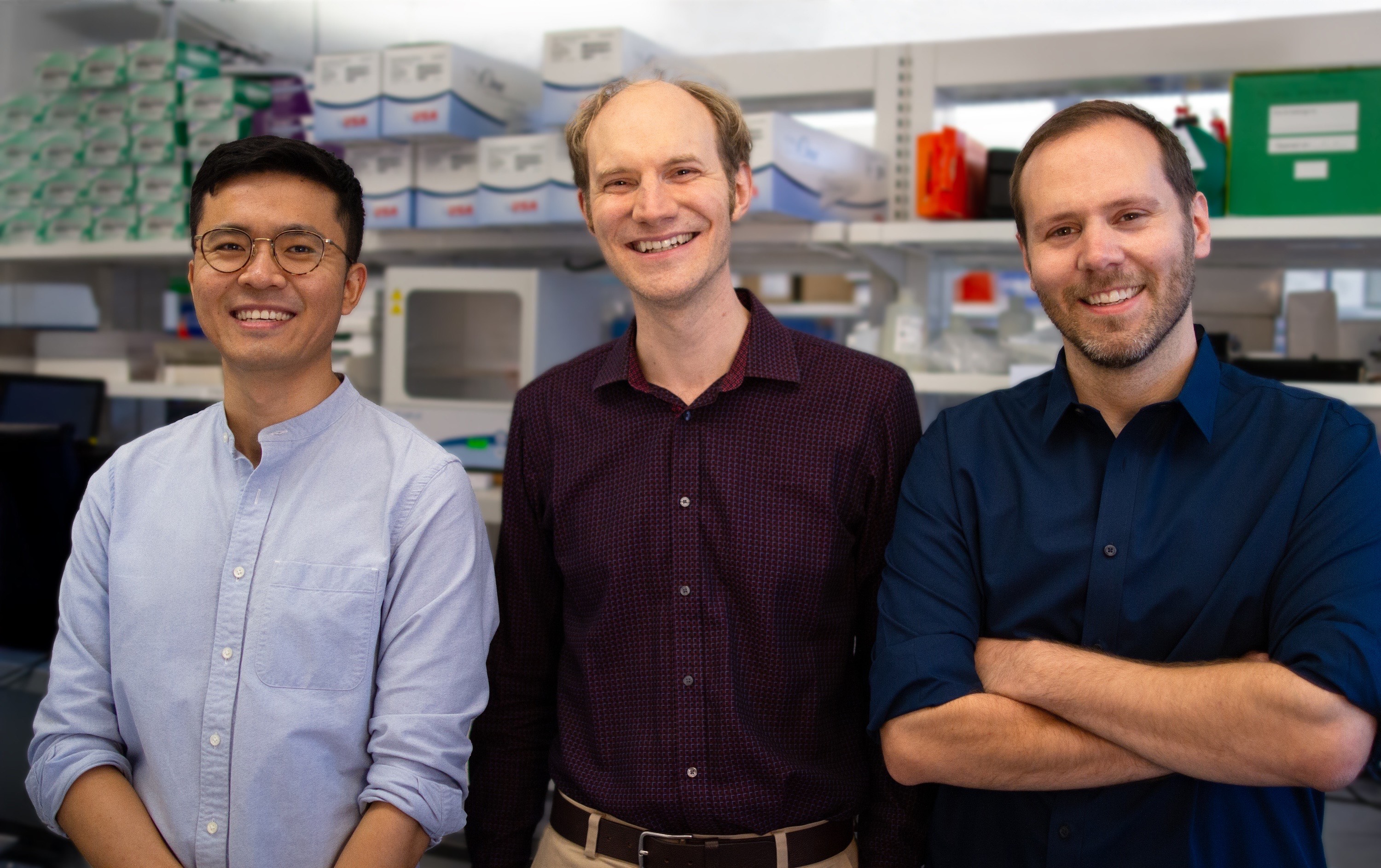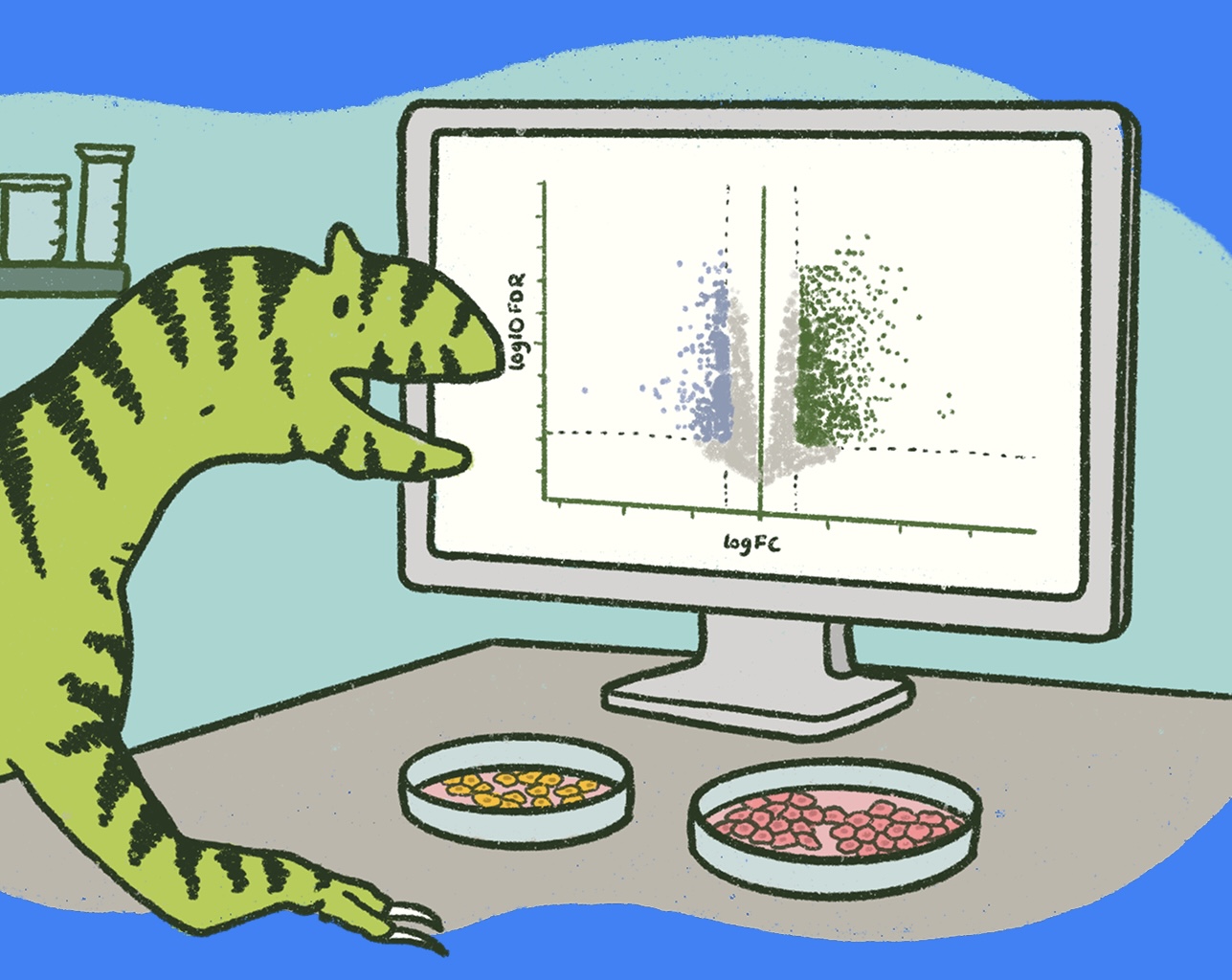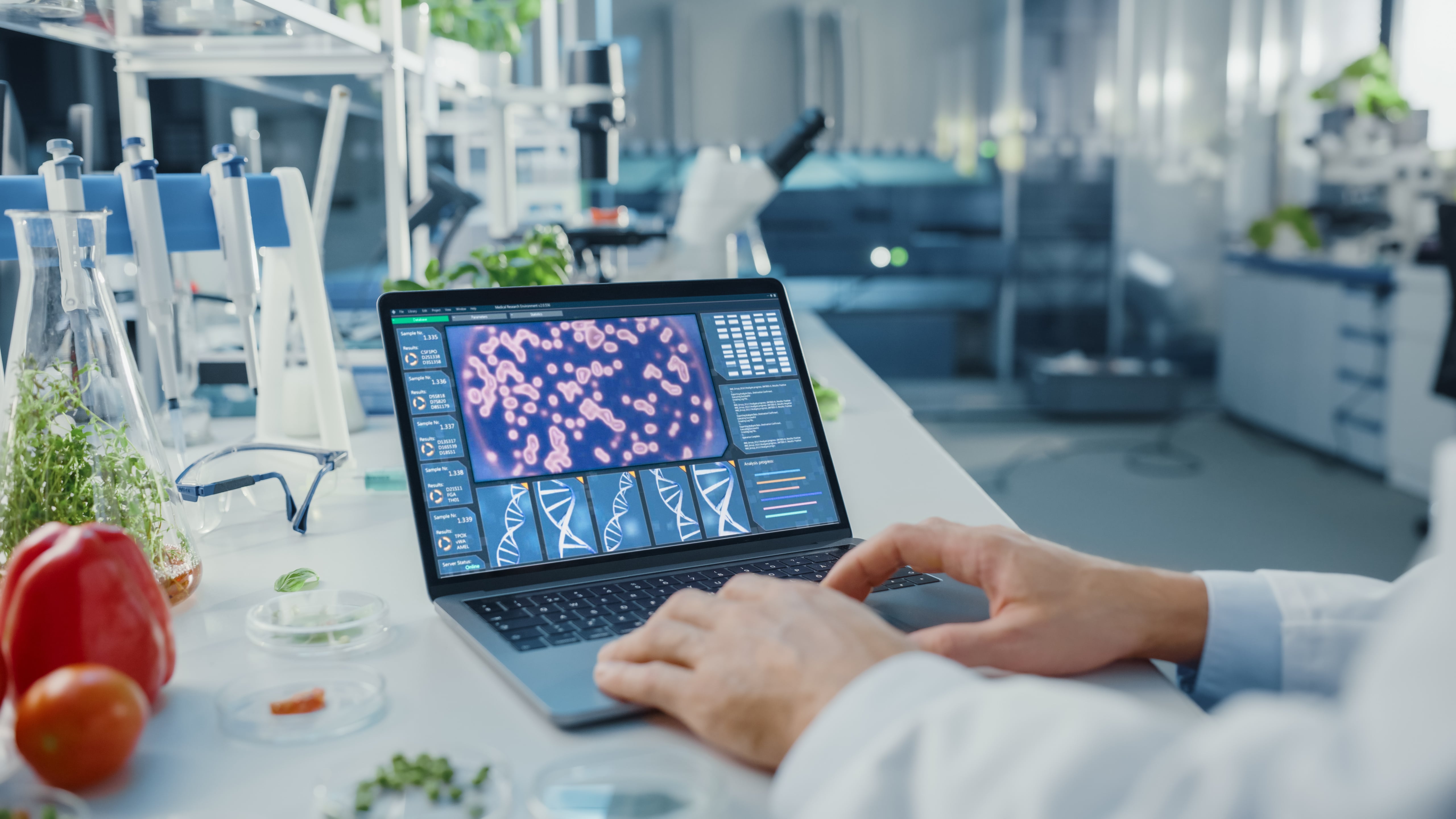
Touch, Feel, Believe: The U.S. Bioeconomy Comes Alive!
Touch, Feel, Believe: The U.S. Bioeconomy Comes Alive!
On a crisp evening in Washington, D.C., the Longworth House Office Building buzzed with anticipation. SynBioBeta, a beacon for collaboration within the synthetic biology community, had thrown open the government building doors for the Biobased Products Showcase. The event, held on September 19th, was more than just a casual gathering. It was a clarion call to the potential of the U.S. bioeconomy, a sector poised to redefine the very fabric of American industry.
The room was adorned with a touch-and-feel product display, allowing attendees quite literally to grasp the future. “I think this event is really important because what it does is it takes synthetic biology, which seems like kind of a complicated subject for many, and it suddenly makes it real,” explained Sarah Evanega, PhD, Lead for Stakeholder Communications at Pairwise, a health-focused food and agriculture company transforming plants using gene editing. “I think the diversity of products here has been really important, but to be able to bring people in and say, hey, this is what synthetic biology is, and this is what promoting a bio-economy can do for us.”

From agriculture to building supplies to consumer products, the products on display were a testament to the transformative power of biotechnology and the vast array of industries that the bioeconomy touches. “I think it's always important for the community to show off the products that they have so that people can actually see things that are tangible, and it's not in the abstract,” noted Karl Schmieder, CEO and Founder of Messaginglab, a life sciences strategy and communications agency. “To see products that are consumer products, and to be able to touch them and to have Congress people see it, I think is huge for the community also.”

But beyond the tactile experience, the event underscored a message: the U.S. bioeconomy is an untapped goldmine. “This is a great opportunity to engage with policymakers and decision-makers and tell our story, which is critical, and to synergize to see how we can help each other,” emphasized Sean Yokomizo, Director of Communications for InnerPlant, a company that's transforming fields into living sensors with biotech.
A notable highlight of the evening was the presence of pioneering companies, each showcasing their groundbreaking products. “This event brings together materials, brings together products that you can touch, to understand how they work, and you can understand their impact and then what the needs are that those companies have,” shared Ginger Krieg Dosier, Founder of Biomason, who use microorganisms to grow sustainable structural cement materials. Listed below is the array of companies that participated in this transformational event:
- Biomason - Revolutionizing Cement with Biotechnology
- Checkerspot - Biobased Performance Materials
- Conagen - Bioproduction of Ingredients for Food, Pharma, and Renewable Materials
- InnerPlant - Transforming Plants Into Living Sensors
- K18 Hair - Hair Care Rooted in Biotech and Genomics Research
- LanzaTech - Carbon Recycling Tech for a Circular Economy
- Pairwise - Gene Edited Plants for Improving Health & Agriculture
- Pivot Bio - Microbial Fertilizer: Reliable, Productive and Sustainable
- ZBiotics - Genetically Engineered Probiotics
These nine companies are only a fraction of the number of organizations deeply rooted in synthetic biology and strongly tied to the bioeconomy. Yet, they were chosen for this event to highlight the numerous end-to-end integration points where companies are making an impact. “I think it's important to animate what is actually possible with biology. And what's exciting about this moment is that we, as an industry, are really starting to see world-changing products come to market,” stated Genét Garamendi, Head of Strategic Relationships at Checkerspot. “And I think that what SynBioBeta has done by coalescing this group and by showing what's possible, you're creating a platform for us to tell stories and to make it real for people who don't understand that biology and biomanufacturing is here today.”
Now, the event was more than just a magnet for industry leaders. It also drew political attention. Three members of Congress graced the occasion, showcasing bipartisan support for the bioeconomy. Zach Abbot, PhD, Founder and CEO of ZBiotics, mentioned, “The fact that we have some people telling me, from the government, that they've heard about what we're working on and about the regulatory environment that we're trying to facilitate—that's huge for us, and hopefully even more progress can be made.”

Congressional Representatives Jim Baird (R-IN 4th District), Young Kim (R-CA 40th District), and John Garamendi (D-CA 8th District) were in attendance, emphasizing the importance and potential of the bioeconomy across party lines. Additionally, all the representatives celebrated the innovation of the companies in attendance and supported the need for continued development.
Currently, the bioeconomy contributes a staggering $2.9 trillion to the U.S. economy and supports 2.1 million jobs. But this is just the tip of the iceberg. “We couldn't have a better platform to bring the consciousness of thinking about synthetic biology to the policymakers in this country, and through them, we can drive more education and create more awareness about how you can bring biotechnology mainstream. And through that, how can we serve our communities better in a more sustainable way,” stated Suveen Sahib, Founder and CEO of K18 Hair.

With suitable investments and policies, the sector has the potential to reach a jaw-dropping $30 trillion by 2040. “I think that the reason that we show up at something like this, and all the companies in the room show up at an event like this, is about broadening our message or education around the future of biology and how this new era is being ushered in,” commented Amanda De Jong, JD, Head of Govt Affairs and Policy Engagement at Pivot Bio.
Imagine an America where products are derived from renewable carbon sources like plants rather than the finite reserves of petroleum. This isn't just about sustainability—it's about economic rejuvenation.
Rural communities, often left behind in the march of progress, stand to gain immensely. The bioeconomy promises to diversify income sources for farmers, introduce novel high-value crops, and drive demand for agricultural feedstock. The ripple effect? Job creation, the establishment of regional bioeconomy hubs, and a resurgence in manufacturing.
However, as with any revolution, challenges abound. J. Casey Lippmeier, PhD, SVP for Innovation at Conagen, pointed out, “There's a big bottleneck for getting our kinds of products out to the market because of the lack of manufacturing capacity, not just in the United States, but globally. And I think it's really important to actually have more secure supply chains that are domestic right now. We do manufacture in China, but we understand, more than perhaps most companies, that it might not be the best place to continue manufacturing in the future.”
John Cumbers, PhD, Founder and CEO of SynBioBeta, addressed those in attendance and explained how the U.S. faces stiff competition from international players eager to dominate the bioeconomy landscape. Dr. Cumbers laid out several points that need to be addressed to ensure America remains at the forefront and suggested that the following multi-pronged approach would be essential:
- National Bioeconomy Strategy: While the biomanufacturing executive order laid the groundwork, it's high time for a comprehensive national strategy.
- Policy Incentives: Tax breaks, grants, and financial incentives can catalyze private-sector investment, ensuring the U.S. remains an attractive hub for biotech innovation.
- Collaborative Research Initiatives: Partnerships between academia and industry can fast-track breakthroughs, ensuring the U.S. remains a hotbed of innovation.
- Infrastructure Development: Without state-of-the-art fermentation facilities, the risk of biomanufacturing jobs migrating overseas is real.
- Regional Bio-Hubs: These collaborative spaces can be the crucibles where groundbreaking ideas are forged.
- Sustainable Logistics: An efficient distribution network ensures bio-based products reach every American household.
- Education & Training: A skilled workforce is the backbone of any industry. Initiatives like national biomanufacturing certifications can ensure a steady talent pipeline.
- University Partnerships: Tapping into the intellectual capital of leading universities can keep the U.S. at the cutting edge of biotech research.
- Public Awareness: A well-informed public can drive demand, ensuring the bioeconomy becomes a household name.
- Regulatory Clarity: As biotech products become more complex, clear regulatory guidelines are essential to ensure safety without stifling innovation.

“We're here to advocate for a new kind of manufacturing here in the US, one that is taking CO2 out of the air, taking glucose out of the farm fields and feeding it to microbes and having them spit out an array of products,” Dr. Cumbers noted. “And what's important is the reason we're here in Congress today, which is to advocate for these products, these technologies, this new way of manufacturing, and to show members of Congress the kinds of innovations coming from the American bioeconomy.”
The bioeconomy is more than just an industry; it's a vision for a sustainable, prosperous America. In America, manufacturing is not just about production but about recycling carbon, ensuring the Earth's atmosphere remains balanced.
As the evening at the Longworth House Office Building drew to a close, one thing was clear: the future is bio-based. And with the proper steps, America can lead the charge into this brave new world.



.svg)











.gif)